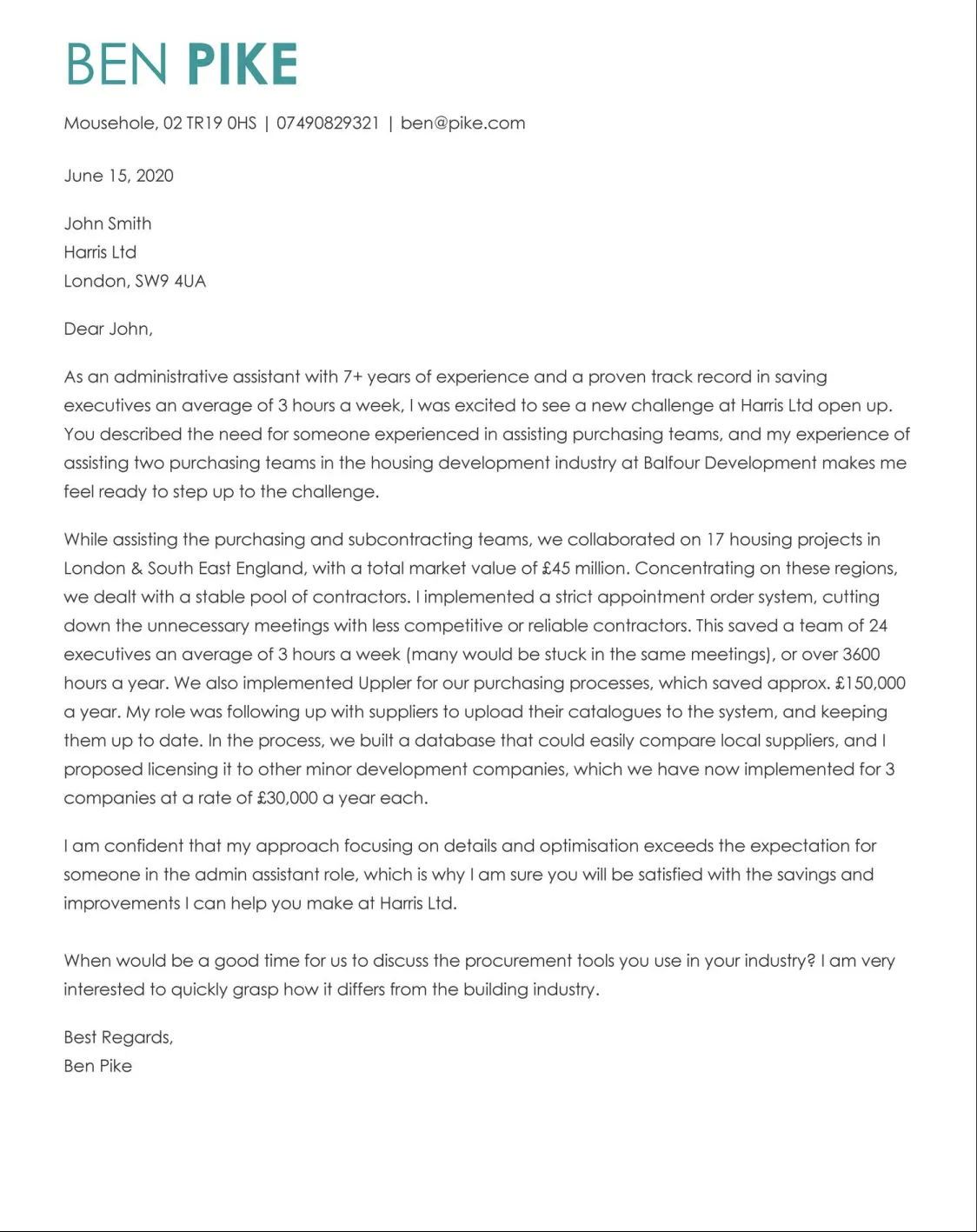Cover Letter & CV Example Top 5 Tips
Crafting a cover letter and CV that effectively showcases your skills and experience is a critical step in any job application process. With a sea of applicants vying for the same positions, it’s essential to stand out. This guide provides actionable tips, with cover letter and CV examples, to help you create documents that grab the attention of hiring managers and significantly boost your chances of landing an interview. From understanding the fundamental importance of a cover letter to mastering the art of showcasing your accomplishments, this article is designed to equip you with the knowledge and tools necessary to succeed in your job search.
Understanding the Importance of Cover Letters
Many job seekers often overlook the significance of a well-crafted cover letter, viewing it merely as an optional attachment to their CV. However, a cover letter is your first opportunity to make a strong impression. It allows you to provide context to your resume, explain your career aspirations, and demonstrate how your skills and experiences align with the specific requirements of the job. In essence, the cover letter sets the stage for your CV, providing a narrative that captures the reader’s interest and encourages them to delve deeper into your qualifications.
Why a Cover Letter is Crucial
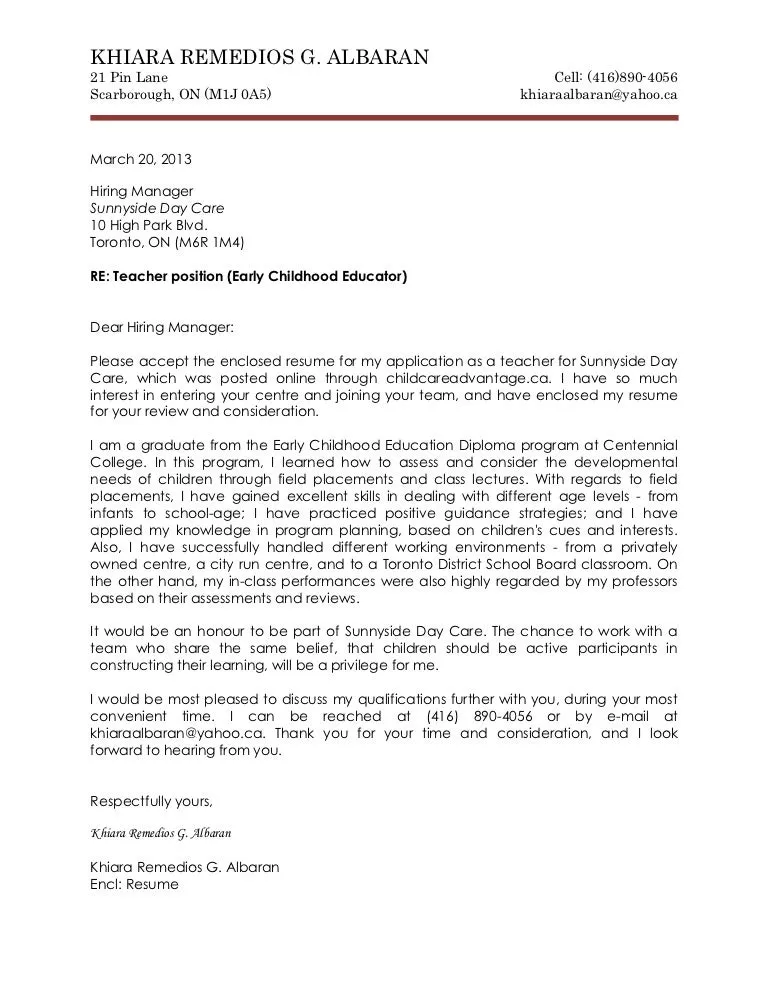
A cover letter provides the unique opportunity to express your personality and enthusiasm. It goes beyond a list of qualifications, enabling you to connect with the hiring manager on a personal level. You can use this space to address specific requirements of the job, explain any gaps in your employment history, and highlight your motivation for applying. The cover letter shows that you’ve taken the time to understand the role and the company, demonstrating your genuine interest, which can be a deciding factor in a competitive job market. It also gives you the chance to show your writing skills.
Cover Letter’s Role in Showcasing Skills
In addition to introducing you, a cover letter allows you to showcase specific skills and experiences that are relevant to the job. By providing detailed examples of how you’ve applied your skills in previous roles, you can strengthen your application. This is your chance to elaborate on the bullet points in your CV and provide concrete examples of your achievements. For example, if the job description mentions project management skills, you can use your cover letter to describe a project you managed, the challenges you faced, and the results you achieved. A cover letter allows you to tell your story.
Key Elements of a Compelling Cover Letter
Creating a compelling cover letter involves several key elements that work together to create a positive first impression. These include a professional header, a personalized greeting, a strong opening paragraph that immediately grabs the reader’s attention, concise body paragraphs that highlight your key skills and experiences, and a confident closing paragraph that reiterates your interest and includes a call to action. Each element should be carefully crafted to present you as a strong candidate. Remember that the goal is to make a memorable statement, so you should tailor your cover letter to the specific job and the company.
Highlighting Achievements
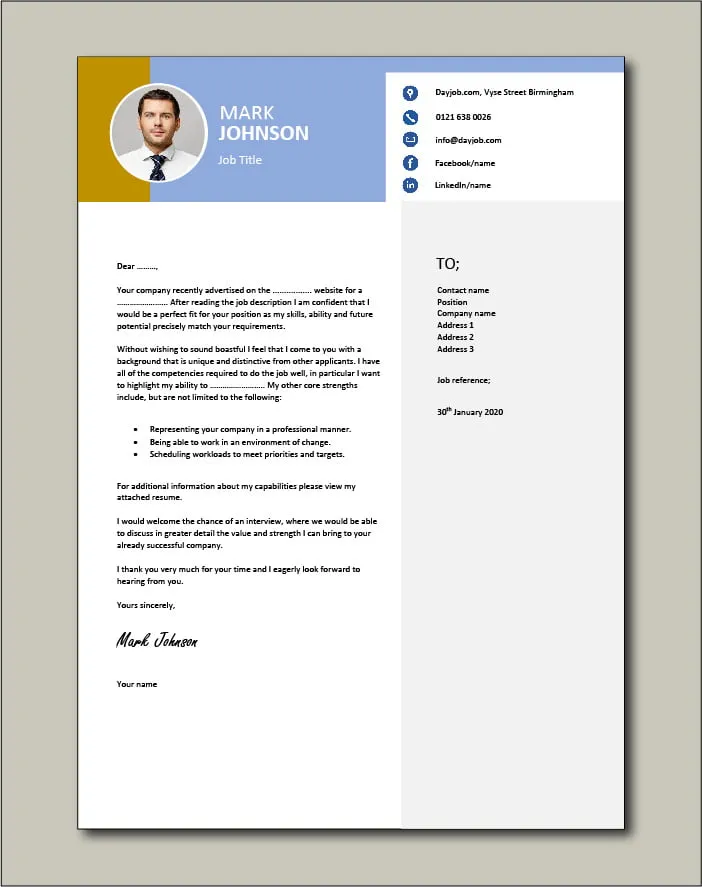
Rather than simply listing your responsibilities, your cover letter should highlight your achievements. Focus on what you’ve accomplished in previous roles and quantify your successes whenever possible. For instance, instead of stating “Managed social media accounts,” you could say “Increased social media engagement by 30% within six months.” Using data and specific examples shows your potential employer the value you can bring to their organization. Focus on the outcomes of your actions, demonstrating the impact you made in your previous roles. It’s more powerful to tell a story with evidence.
Tailoring to the Specific Job
A generic cover letter is likely to be overlooked. Tailor each cover letter to the specific job you’re applying for and the company’s requirements. Review the job description carefully and identify the key skills and experiences the employer is seeking. Then, in your cover letter, emphasize how your qualifications align with these requirements. This shows that you have carefully considered the role and are genuinely interested in the position. Make sure to research the company and understand its values, mission, and culture so you can personalize your letter appropriately.
Cover Letter & CV Example - Tip 1: Personalization is Key
The most impactful cover letters and CVs are personalized. Avoid using generic templates; instead, tailor each application to the specific job and company. Research the company and address the hiring manager by name if possible. This shows that you have taken the time to understand their needs and that you are truly interested in the opportunity. Personalization extends to highlighting specific skills and experiences that align with the job requirements. This approach demonstrates your understanding of the role and your suitability for the position.
Cover Letter & CV Example - Tip 2: Structure and Format
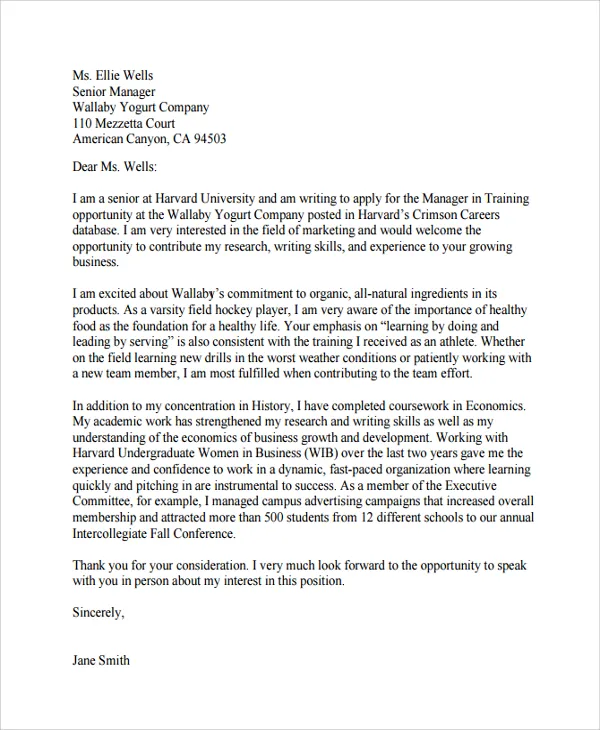
A well-structured cover letter and CV is easy to read and understand. Use clear headings, bullet points, and concise language to convey your information effectively. Your cover letter should follow a standard business format, including a professional header, a personalized greeting, an introductory paragraph, body paragraphs that highlight your key skills and experiences, and a strong closing paragraph. The CV should be equally well-structured, with sections for your contact information, summary, work experience, education, and skills. Proper formatting enhances readability and helps the hiring manager quickly grasp your qualifications.
Cover Letter & CV Example - Tip 3: Show, Don’t Just Tell
Instead of simply stating your skills and abilities, demonstrate them through concrete examples and achievements. Use the STAR method (Situation, Task, Action, Result) to describe your experiences in your cover letter and CV. For example, describe a situation you faced, the task you were assigned, the actions you took, and the positive results you achieved. This approach is more compelling than a general list of skills because it provides evidence of your capabilities. Quantify your achievements whenever possible by including specific data or metrics that illustrate your impact.
Cover Letter & CV Example - Tip 4: Proofread Meticulously
Proofreading is a crucial step that should never be skipped. Errors in grammar, spelling, and punctuation can undermine your credibility and make a negative impression on hiring managers. Carefully review your cover letter and CV multiple times. Use a grammar and spell checker, but don’t rely on these tools alone. Read your documents aloud to catch any awkward phrasing or typos. It is also helpful to have a friend or colleague proofread your documents to provide a fresh perspective and catch any errors you might have missed. Attention to detail is key.
Cover Letter & CV Example - Tip 5: Include a Strong Call to Action
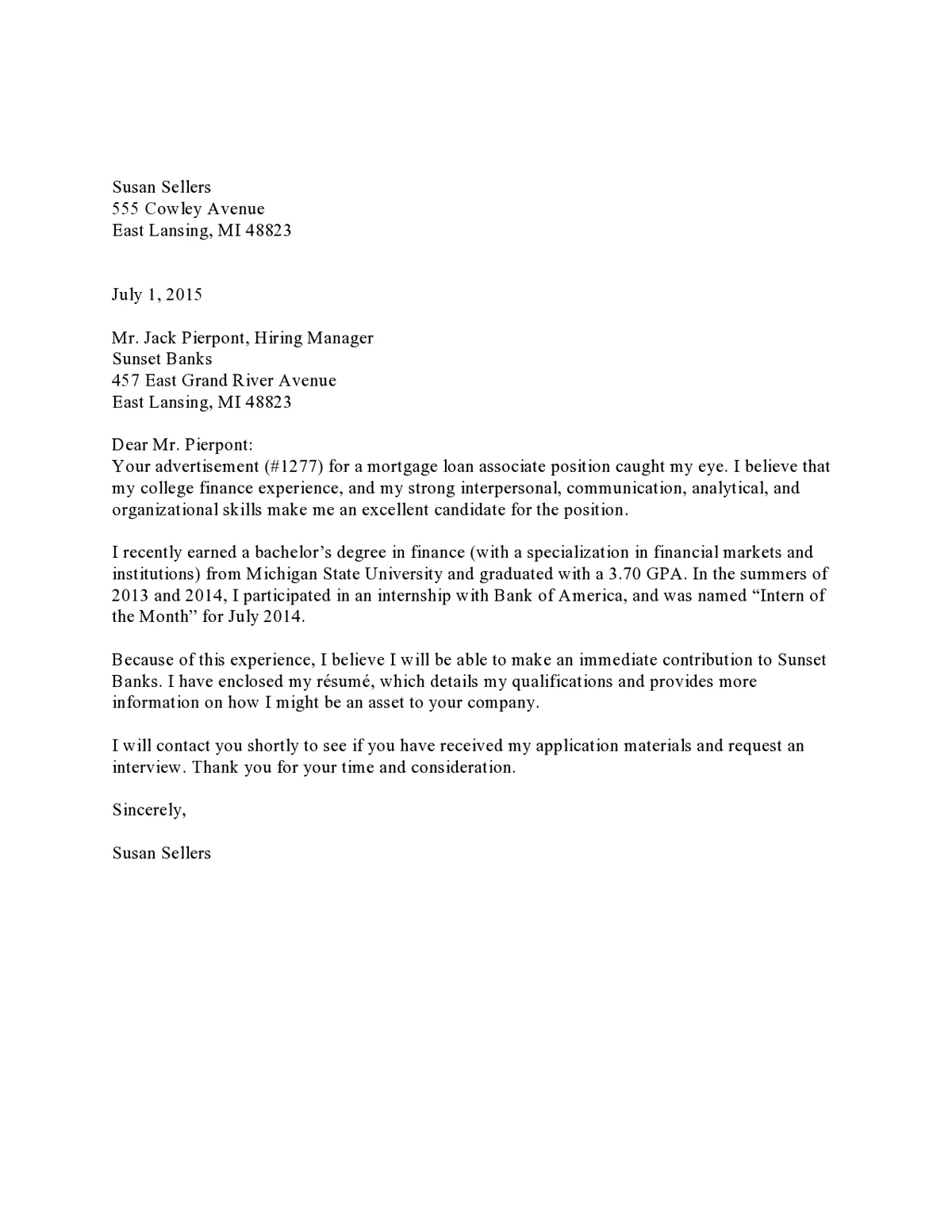
Your cover letter should end with a clear call to action. This could be a statement that you are eager to discuss your qualifications further or a specific request for an interview. Avoid passive language and show enthusiasm for the opportunity. For example, you could write, “I am excited about the opportunity to contribute to your team and would welcome the chance to discuss my qualifications in an interview.” Ensure your call to action is relevant to the job and reflects your genuine interest. It shows you are proactive and eager to move forward in the hiring process.
Integrating Your CV with Your Cover Letter
The cover letter and CV should work in tandem, providing a cohesive representation of your skills and experiences. Your cover letter should highlight key accomplishments and skills that are also listed in your CV. Use the cover letter to expand on these experiences and provide more detail. The cover letter’s narrative should align with your CV’s structured presentation of information. This consistency reinforces your qualifications and makes it easier for the hiring manager to understand your value. By carefully integrating the two documents, you ensure that your application is comprehensive and compelling.
Formatting Your CV for Impact
The formatting of your CV has a significant impact on how it is perceived. Use a clean, professional layout that is easy to read. Choose a clear font and use consistent formatting throughout the document. Break up large blocks of text with headings, bullet points, and white space. Include sections for your contact information, summary, work experience, education, skills, and any relevant certifications or achievements. Ensure that your CV is organized in a logical manner, with the most relevant information placed prominently. Also, tailor your CV to match the job description, highlighting the key skills and experiences that are most relevant to the role.
Highlighting Relevant Skills and Experience
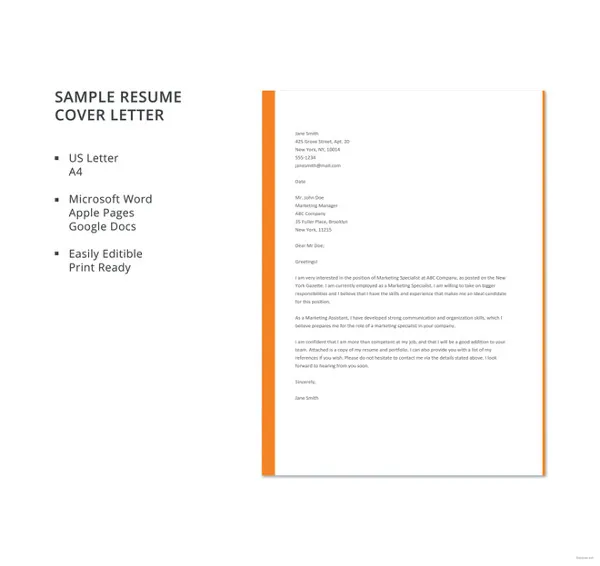
Your CV should prominently feature the skills and experiences that are most relevant to the jobs you are applying for. Review the job description carefully and identify the key requirements. Then, highlight the skills and experiences that match those requirements in your CV. Use keywords from the job description to ensure that your CV is easily scanned by applicant tracking systems (ATS). Provide specific examples of how you’ve applied your skills in previous roles, quantifying your achievements whenever possible. This focused approach ensures that your CV immediately showcases your value to the employer.
Using Action Verbs to Describe Accomplishments
Action verbs are crucial for describing your accomplishments in a CV. Start each bullet point with a strong action verb to convey a sense of initiative and achievement. Examples of effective action verbs include “managed,” “led,” “developed,” “implemented,” “achieved,” “increased,” and “reduced.” Use a variety of action verbs to make your descriptions more engaging and dynamic. Focus on the results of your actions, quantifying your achievements whenever possible. For instance, instead of saying “Responsible for customer service,” write “Resolved customer inquiries, resulting in a 15% increase in customer satisfaction.”
Finalizing Your Application
Before submitting your cover letter and CV, there are a few final steps you should take to ensure that your application is polished and professional. These steps will increase your chances of success. From reviewing all your materials for errors to tailoring each application, ensuring your efforts pay off.
Reviewing Your Application Materials
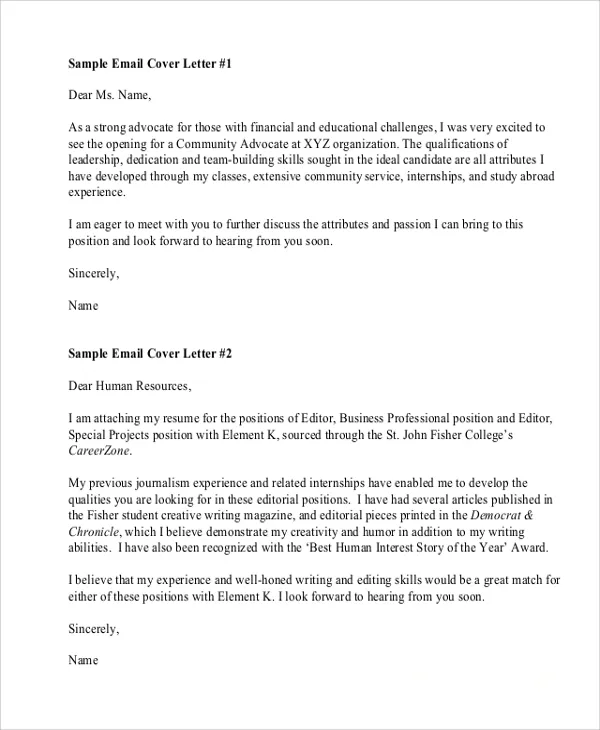
Before submitting your application, carefully review all of your materials to ensure they are free of errors and tailored to the specific job. Check for any typos, grammatical errors, and inconsistencies in formatting. Make sure that your contact information is accurate and up-to-date. Review your cover letter and CV to ensure that they highlight the key skills and experiences required by the employer. Consider having a friend or career advisor review your materials as well. A fresh pair of eyes can often catch errors you might have missed. This final review step is essential for making a positive impression.
Submitting Your Application Effectively
Submitting your application effectively is crucial for making a good impression and ensuring that your application reaches the right people. Carefully follow the instructions provided in the job posting. Pay attention to any specific requirements, such as the preferred format for your documents or the method of submission. If possible, submit your application early, as hiring managers often review applications as they come in. Always follow up with a polite email a week or so after submitting your application to reiterate your interest in the position, but do not be overly persistent. A well-executed application process demonstrates your professionalism and attention to detail.
By following these tips and using cover letter and CV examples as a guide, you can create documents that effectively showcase your skills and experiences. Remember to personalize your application, highlight your achievements, and tailor your materials to each job. Good luck with your job search!
